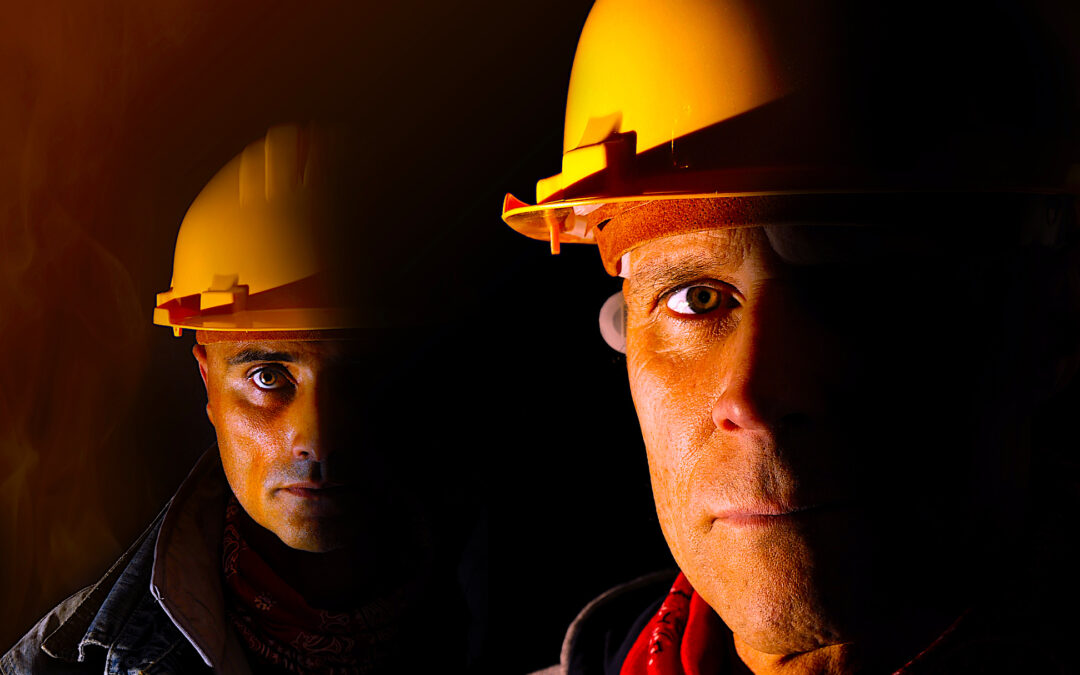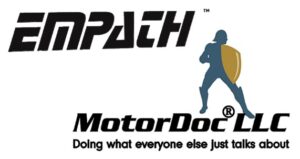Maintenance best-practices alone do not make a reliability-improvement strategy. Partnering with your plant’s work groups to aggressively pursue reliability excellence will pay off all the way around. High-performing, low-cost, competitive operations depend on reliable assets.
The sad fact is modern machinery and equipment are exposed to numerous conditions that cause functional failures, catastrophic failures, and damage leading to eventual failures, as well as work practices that contribute to short- and long-term problems. While routine preventive maintenance, condition-based maintenance, condition-monitoring programs, and overhauls extend equipment life and performance reliability, in day-to-day operations, there are many instances of interruption or damage caused by factors outside the direct control of the maintenance group.
For example, equipment reliability and operating integrity can be challenged by employee turnover due to retirements, promotions, or job changes. Employee turnover and retention already are becoming difficult issues for many operations. As increasing numbers of aging “Boomers” leave the workforce, more and more critical responsibilities are falling on the shoulders of inexperienced, untrained replacements.
WHO, WHO, WHO…
Successful equipment-intensive operations must accelerate the use of strategies that ensure BASIC operations and maintenance requirements are met. This is fundamental to reliable performance of the equipment in almost any environment. Ensuring basic operations and maintenance conditions is the foundation of reliability upon which to deploy advanced tools and technologies. Unfortunately, basic equipment conditions are often overlooked or assumed because they are thought to be too “basic,” i.e., almost second nature or common sense to the experienced person. Yet, as new people take on responsibilities for operating and maintaining modern plant machinery and equipment systems, they must first master the basics. In other words, common sense must become common practice. Consider the following concepts:
♦ BASICS: Proper operation not only includes adhering to “operating procedures,” but also avoiding decisions that may exceed what the equipment was designed to do. Proper maintenance not only includes adhering to “maintenance procedures,” but purchasing and stocking the correct replacements parts and supplies that are fit for service. Proper maintenance also means maintaining stored spares and storing precision parts in an environment where the “fit-for-service” condition is maintained. But whose job is it?
♦ BASICS: Operating conditions sometimes mandate a need for frequent cleaning and inspection of equipment. Buildups of external dirt, grime, moisture, and other contaminants can contribute to premature failures and shorten the life cycles of the equipment. Listening and looking for leaks, looseness, and signs of wear are the most fundamental forms of preventive maintenance. Routine inspection, care, and upkeep can pay big dividends. But whose job is it?
♦ BASICS: Equipment design, specification, procurement, installation, and startup/commissioning set the stage for a long, problem-free life cycle, or a short, problem-prone one. “Ahead of schedule and under budget” is the mantra of most project groups and an admirable goal, as long as basic conditions that guarantee lowest operating costs over the planned life cycle are attainable after the project phase is complete. But whose job is it?
♦ BASICS: Training all employees to properly operate, maintain, and monitor equipment, as well as purchase, inspect and store parts, makes sense. Training must be based on “best practices” as they apply to actual equipment and job-performance requirements. Skills and knowledge from the training sessions must actually be used on the job by everyone (standardized work practices). Top management and front-line supervision must set the expectations and accountabilities for everyone who touches the equipment. The goal of training for proper job performance is to drive out human variation (human-induced failures). But whose job is it?
♦ BASICS: A critical piece of equipment must be the focal point. That said, everyone who touches such equipment and everyone who makes decisions about it must be on the same page, using a common strategy, heading for the same goals: 100% reliability. That’s the same organizational priority as 100% defect-free, 100% accident-free, 100% environmentally safe operation. Reliability of the critical equipment must be a high priority because it results in the desired sustainable output at the lowest operating and maintenance cost for the longest life cycle. But whose job is it?
♦ BASICS: Teamwork focused on common goals works. Concentrating limited resources on the most critical, problem-prone, costly-to-operate and-maintain, unreliable equipment can eliminate many problems and lead to changes in the work culture. This approach also frees up constrained human and capital resources for more productive work, as opposed to reactive repairs. Team-based maintenance recognizes that the maintenance department cannot necessarily achieve “world-class” levels of equipment reliability without help from all the others in the organization who either directly or indirectly affect the reliability of the targeted critical equipment. But whose job is it?
THE ANSWER IS…
“Leadership AND teamwork” is the answer. That’s whose job it is to achieve the highest levels of equipment reliability. Top management must define the vision for reliability and the business case for aggressively pursuing it. Cross-functional-team structures for project groups, as well as daily operations’ “natural work groups,” must be engaged in developing strategies, tactics and “best practice procedures.” Vendors, suppliers, and OEMs (original equipment manufacturers) also must be on the reliability team.
Making decisions based on DATA, versus opinions (making decisions based on proven methods) must become common practice. Implementing “programs” in the hopes of improving performance can be risky, ineffective and resource-consuming, with little or no payback. Top management has the leadership responsibility and the authority to lead the team to a high-reliability, low-operating-and maintenance-cost business.
High-performing equipment systems need high-performing leadership and teamwork to win the race for reliability. In turn, team-based reliability approaches at a site will generate significant payback from more reliable, higher-performing machines and equipment.TRR
ABOUT THE AUTHOR
Bob Williamson is a long-time contributor to the people-side of the world-class-maintenance and manufacturing body of knowledge across dozens of industry types. His background in maintenance, machine and tool design, and teaching has positioned his work with over 500 companies and plants, facilities, and equipment-oriented organizations. Contact him directly at 512-800-6031 or [email protected].
Tags: reliability, availability, maintenance, RAM, leadership, teamwork, training, workforce development



